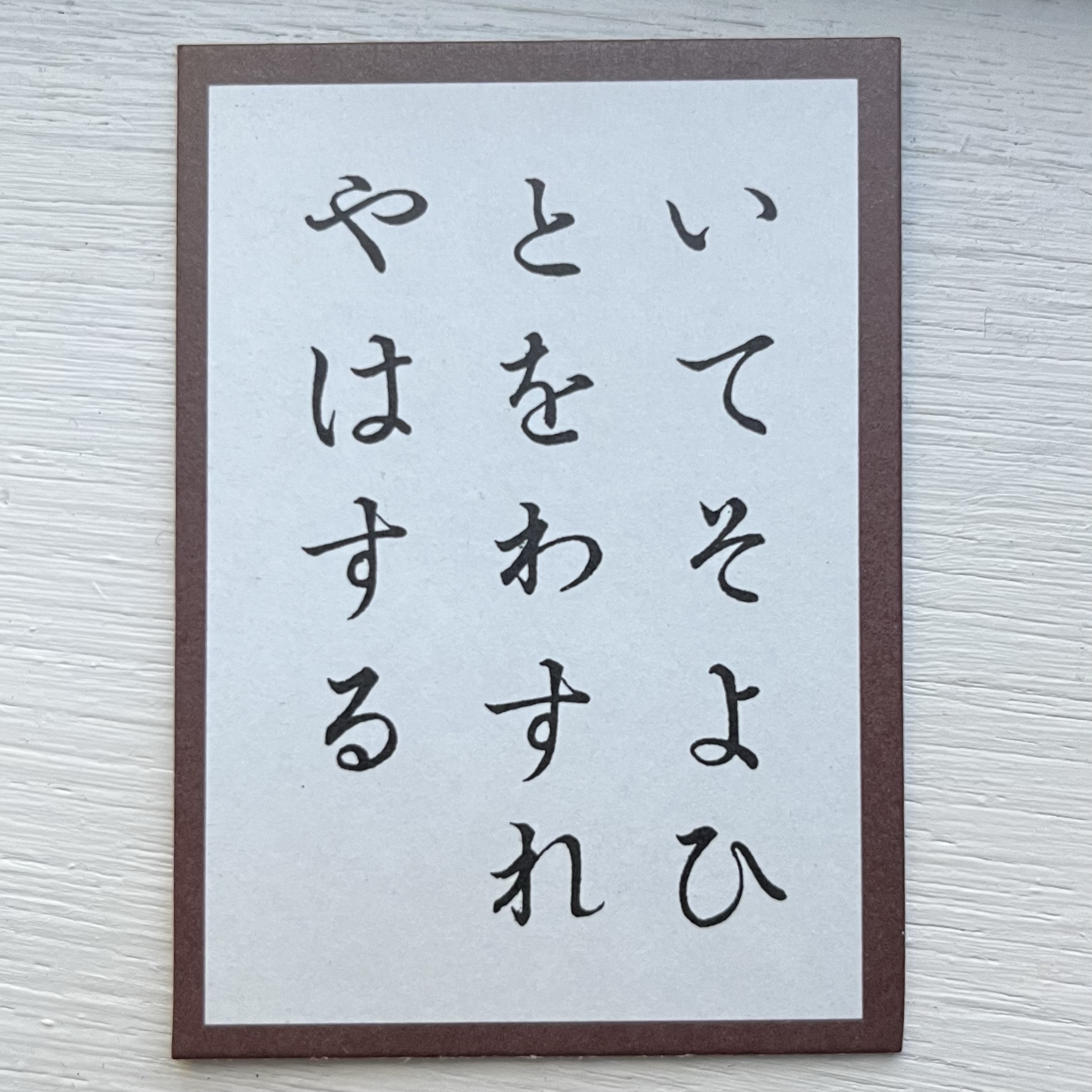Japanese, as a distinctive language, has developed a wide variety of colors to describe the world around it. Consider the lines of the iconic poem 17:
Chihayaburu kamiyo kikazu tatsuta-gawa kara kurenai ni mizu kukuru to wa
Unheard of even in the legendary age of the awesome gods: Tatsuta River in scarlet and the water flowing under it.
Translation by Dr Joshua Mostow
In the book Hyakunin Isshu Daijiten, which I mentioned here, it explains that the fourth verse, karakurenai (唐紅), is in fact a traditional color word in Japanese. The Chinese characters read something like “Chinese (lit. Tang Dynasty China) scarlet or vermillion”. There is no one-to-one equivalent in English.1
You can see an example of what karakurenai looks like on this amazing website, among other tradition colors. You can also see a list of colors on Wikipedia as well. Both sites also include the HTML codes (a # sign, followed by 6 alpha-numeric characters) if you want to reproduce yourself. For example using the HTML hex code #C91F37 I get:
karakurenai
In truth, many of these colors would be obscure to modern audiences, except in some literary circles, but some, such as yamabuki-iro (山吹色, “golden yellow”) are still used in common vernacular. Further, as is common with other Asian languages, colors green and blue are often conflated (e.g. 信号は青, shingō wa ao, “the traffic light is blue/green”).
In any case, try it out the website above, and see what other colors you might find!
P.S. Photo by Pixabay on Pexels.com
1 Similarly, I bet some English tradition colors would have no translation in Japanese. Such is the way with language and cultures.


Leave a comment